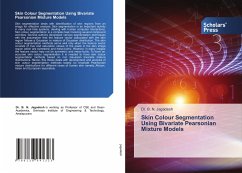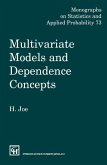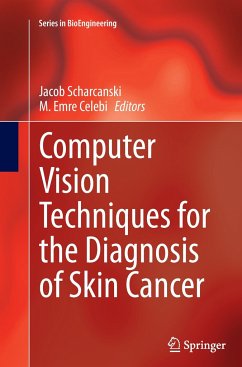Skin segmentation deals with identification of skin regions from an image for effective analysis. Skin segmentation is an important activity in many real time systems, dealing with human computer interactions. Skin colour segmentation is a complex task involving several compound activities. Several authors developed various segmentation techniques with the assumption that the feature vector associated with the skin region follows a Gaussian or mixture of Gaussian distribution. The skin colour segmentation methods serve well only when the feature vector consists of hue and saturation values of the pixels in the skin image region which are symmetric and meso-kurtic. However, in many images the feature vector may not be symmetric and meso-kurtic. To have an accurate skin colour segmentation it is needed to have skin colour segmentation methods based on non Gaussian bivariate mixture distributions. Hence, this thesis deals with development and analysis of skin colour segmentation methods based on bivariate Pearsonian mixture distributions for different races of human skin namely, African, Asian and European separately.
Bitte wählen Sie Ihr Anliegen aus.
Rechnungen
Retourenschein anfordern
Bestellstatus
Storno








